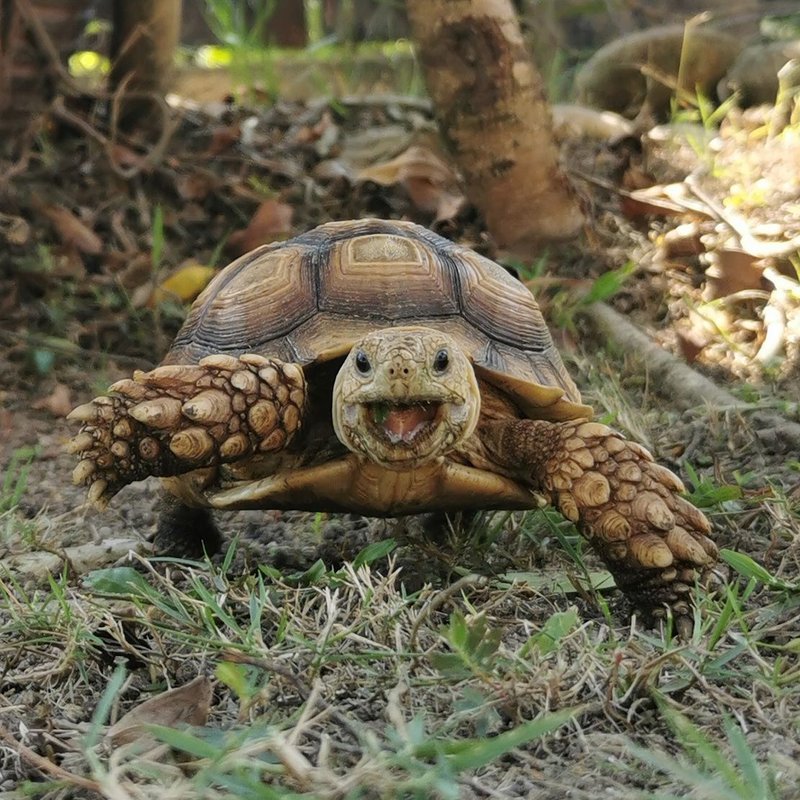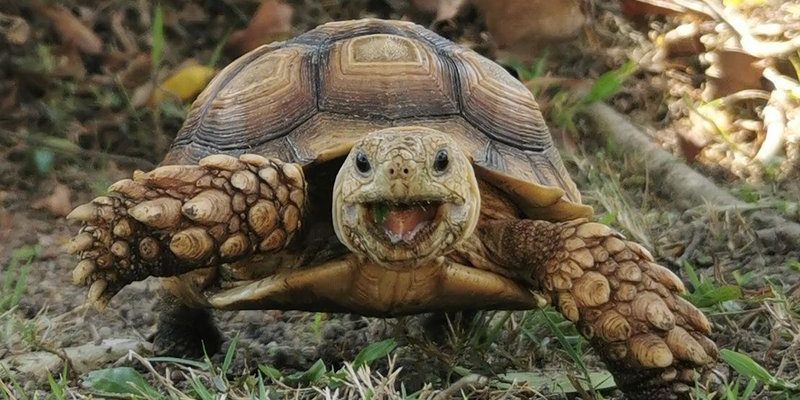
Think of a tortoise as a little, armored sunbather. They thrive in warm weather and have specific habits that align with their natural habitats. Imagine trying to convince a sun-loving beachgoer to enjoy a chilly day by the pool; it’s just not going to work out well. So, how do you ensure your tortoise thrives in a less-than-sunny environment? Let’s dive into the essentials.
Understanding Tortoise Needs
First, let’s talk about what tortoises need to live happily and healthily. These ancient reptiles are more than just cute shells—they have specific requirements that must be met. Tortoises are ectothermic, meaning they rely on their environment to regulate their body temperature. In simple terms, they need warmth from the sun or a heat source to stay active and healthy.
In nature, tortoises bask in the sun to absorb heat. In colder climates, finding that warmth can be challenging. If your tortoise doesn’t get enough heat, it may become sluggish or even suffer from health issues. You might be wondering how to provide that warmth without turning your home into a desert. Let’s explore some options.
Choosing the Right Species
Not all tortoise species are created equal when it comes to dealing with colder temperatures. While some can handle cooler weather better than others, others are downright tropical.
For instance, the Russian tortoise is often recommended for beginners living in cooler areas. They’re a bit more adaptable to varying temperatures. On the other hand, the African sulcata tortoise thrives in warm climates and would struggle in the cold. Before bringing a tortoise home, it’s a good idea to research which species would fit best with your environment. Choosing the right one can help you avoid many headaches down the line.
Emulating Natural Habitats
If you’re serious about keeping a tortoise in a cold climate, creating a suitable habitat becomes essential. Inside your home, you can mimic a tortoise’s natural environment by providing the right heating and lighting.
Consider setting up a heat lamp in their enclosure to simulate sunlight. This will help maintain a warm basking area where your tortoise can soak up the heat it needs. Keep in mind that the temperature gradient in the habitat is equally important. You want one side to be warm and the other cooler so your tortoise can choose where to go based on its needs.
Outside enclosures are another story. If you have an outdoor space, you’ll need to ensure it’s well-constructed to protect against cold winds and frost. Adding insulation and a cozy shelter can make a big difference, allowing your tortoise some outdoor time even in cooler months.
Feeding in Cold Weather
Believe it or not, a tortoise’s diet can also affect how well they handle colder temperatures. In the wild, tortoises are used to foraging on plants. However, in colder climates, they might not find their usual feast.
During the colder months, it’s important to keep their diet varied and rich in calcium and other nutrients. You can feed them a mix of leafy greens like kale, dandelion greens, and even some fruits occasionally. Just be careful with the fruits, as too much sugar can create digestive issues.
Additionally, if your tortoise becomes less active during the winter, it might eat less. Make sure to adjust the feeding schedule and portions so they maintain proper nutrition without overfeeding.
Signs of Distress
Unfortunately, even with the best efforts, you might notice your tortoise is not thriving as it should. Learning the signs of distress can help you intervene early. If your tortoise is hiding more than usual, eating less, or showing signs of lethargy, these can be warnings.
A healthy tortoise will be curious, active, and will bask regularly. If you notice any changes in behavior, it’s time to check their environment. Look for temperature issues or humidity levels that might not be right. Even small tweaks can make a big difference in your tortoise’s heartwarming little world.
Winterizing Your Tortoise
As temperatures drop, you might wonder what to do with your tortoise. A common practice in colder areas is to hibernate them safely. This isn’t simply letting them sleep wherever; it requires careful planning. Not all tortoise species should hibernate, so double-check if yours is one that can.
If you decide hibernation is right, start by gradually reducing their food intake and adjust the temperature of their habitat. Once they’re ready, a proper hibernation setup helps them sleep safely. You could use a specialized hibernation box filled with bedding that’s appropriate for your tortoise. Remember, it’s crucial to monitor their temperature and humidity closely during this time to avoid any health complications.
Keeping a tortoise in a cold climate is definitely possible, but it comes with its own set of challenges. With the right species choice, careful habitat setup, and attentive care, you can provide a loving home for your tortoise, even in chilly areas.
Honestly, it’s about commitment and understanding what these ancient critters need to thrive. If you’re ready to invest time and energy, then yes, you can keep a tortoise in a cold climate. Just remember to keep their warmth and health a top priority, and you’ll both enjoy many years of companionship.

